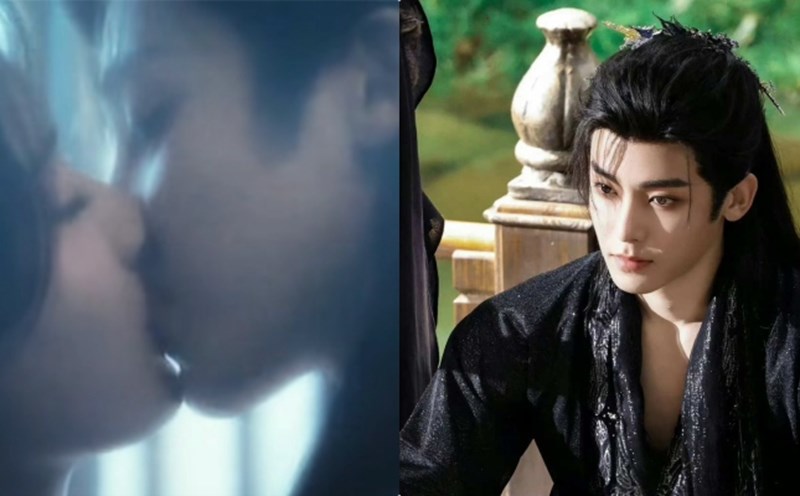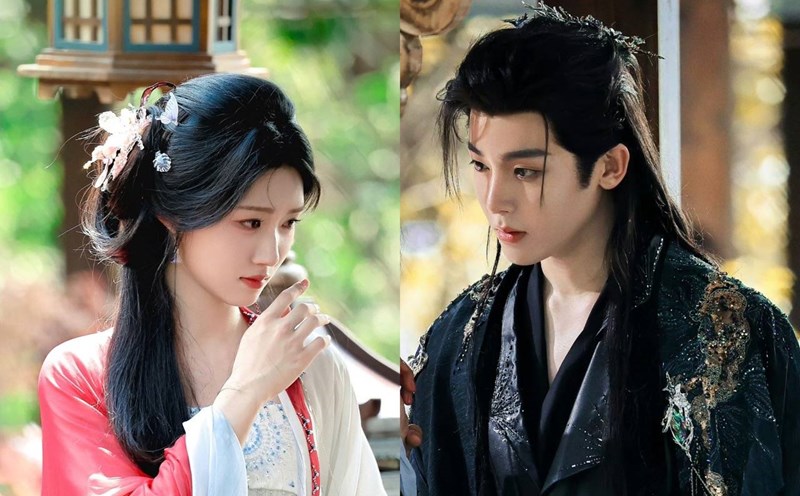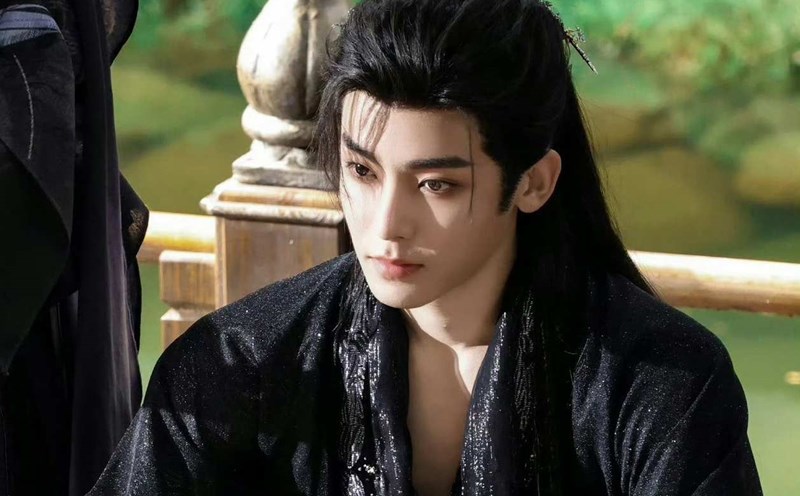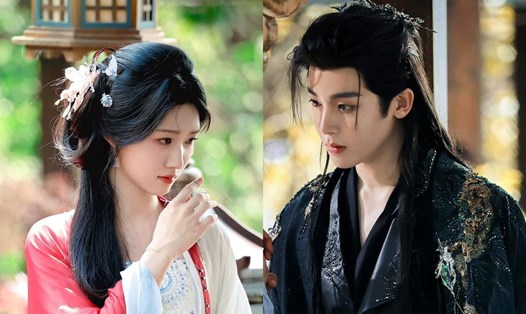At the end of October, the Chinese small screen witnessed the return of a series of historical films such as "Nhap thanh Van", "Thuy dragon nam", "Thien Duong Ca Trai"...
Since its broadcast, the film has been continuously embroiled in controversy, not because of the content but because of the appearance of the male leads.
In many frames, male stars are judged to have too much makeup, revealing their faces with pimples and lipstick. This reduces the necessary masculinity of the character.
In the movie "S updated Dragon", actress La Van Hi was criticized for being feminine. Even La Van Hi's thin and fragile appearance was criticized for lacking vitality, not being masculine and strong enough to play a thorny character in the film.
That is shown through his appearance in "The Swallow Dragon" with orange eyes, orange lips, elaborate bun hair, and a series of bright jewelry.
Some frames reminded the audience of the ghost image in his "Truong Nguyet Tan Chien".
Not only her face, La Van Hi's outfit is also judged to be too colorful, with dense patterns, making viewers confused.
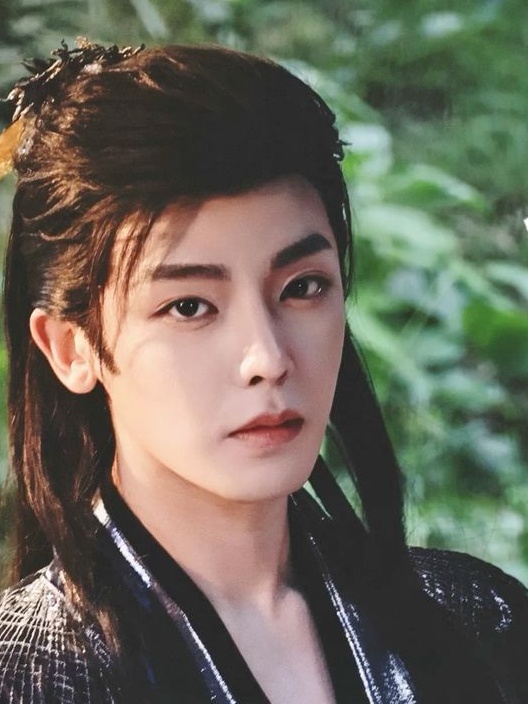
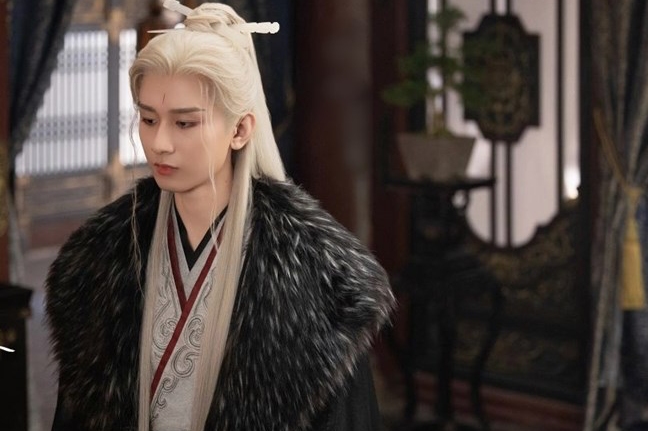
Not only La Van Hi, but some male stars such as Thanh Nghi in the movie "Thien Duong Cac Tam" or Hau Minh Hao in "Nhap Van Van" were also criticized for their heavy makeup with red lipstick and cheerful faces.
Controversy surrounding the appearance of male historical stars has once again fueled the topic of "male historical figures in feminised costumes", which has appeared in many previous films. In The Second Temple (Dang Vi, Truong Van Y), Ngoc Cot Dao (Tieu Chien), or Ho Tam (Hau Minh Hao), the audience also complained about the smooth white skin, red lips, and elaborate bunches of the male stars.
However, besides the controversy, some audiences believe that this trend reflects the new tastes of young audiences, who prefer neutral, gentle, and "un Jendered" beauty. The designers affirmed that they want to aim for the "armatory" feature - a characteristic of the martial arts genre, instead of the strength and angles of traditional martial arts.
However, it is undeniable that actors who maintain a strong, calm demeanor are still especially popular. Ho Ca in "Lang gia ban", Hoac Kien Hoa in "Tien dao thuong ngan" are typical examples of beauty that is both ancient and charming.
On social networks, the debate has not ended. One side believes that the male lead of the historical period does not need muscle, just a noble demeanor, the other side regrets that the era of heroic armor and eyes like worms has passed.
That struggle shows the shift in the concept of male beauty in Chinese popular culture - where beauty is now no longer defined by strength, but by the emotions and aesthetic taste of the current audience.
Although there are still many mixed opinions, it can be seen that the appearance of the male lead has now become a key factor deciding the success or failure of historical films.
Because those debates, no matter how fierce, unintentionally help Chinese historical dramas maintain a persistent heat with each pose, each pose opening a new dialogue between the audience and beauty.

